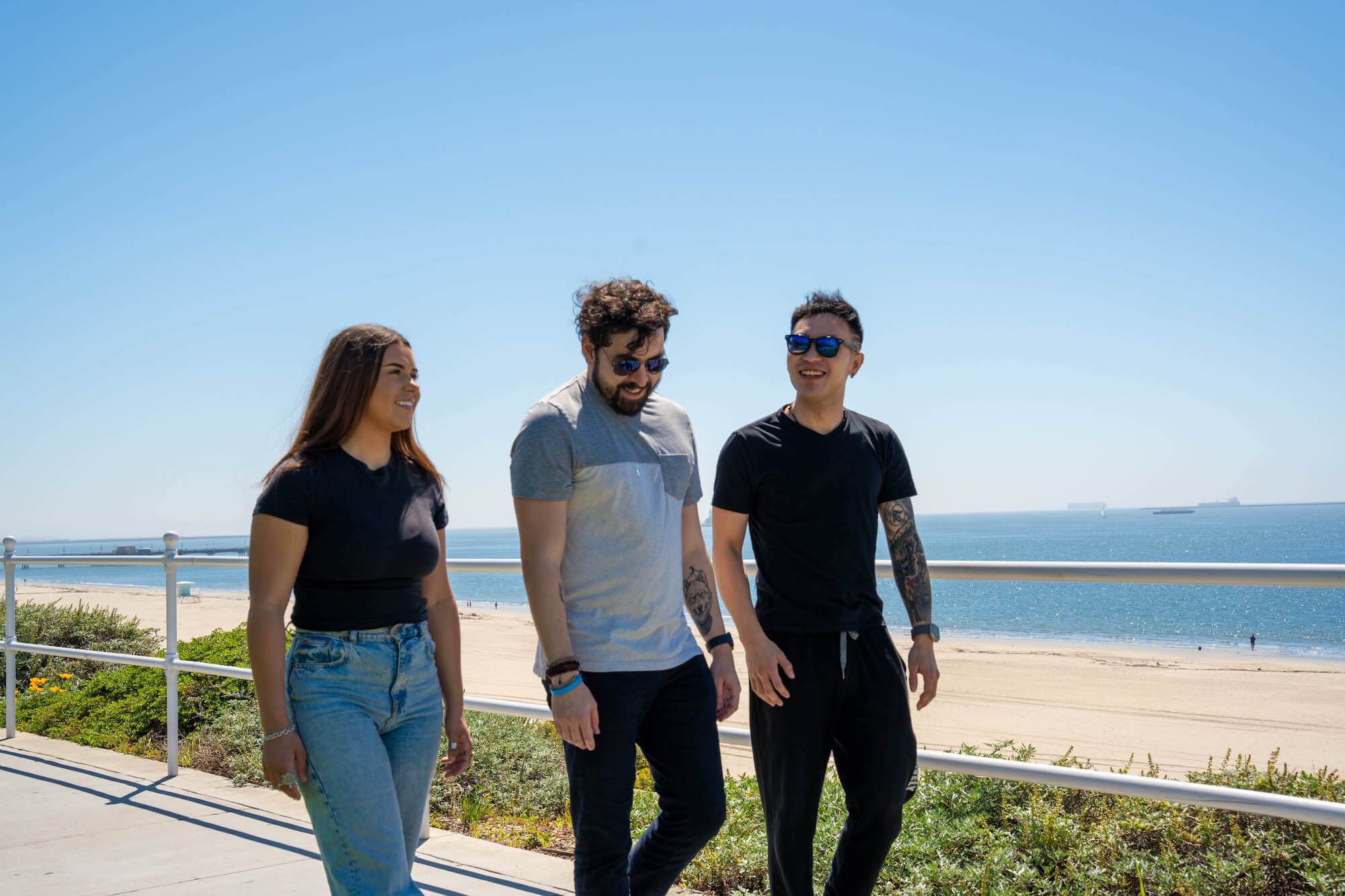Art therapy for addiction recovery enables people to manage their emotions and mood more effectively, and it also provides an outlet for self-expression, equipping people battling addictions with creative strategies to prevent relapse into drug or alcohol use.
What Is Art Therapy for Addiction?
Art therapy, as defined by AATA (American Art Therapy Association), is a diverse mental health intervention that improves the lives of individuals, families, and communities. Rather than articulating challenging emotions or feelings verbally, art therapy offers those in recovery a medium to express their feelings through art in the context of a therapeutic relationship.
This mode of therapy can be extremely helpful for anyone who finds it challenging to verbalize experiences which are deeply traumatic or still very fresh in the memory. Addiction often leads people through experiences they may regret, and the stigma or shame associated with these experiences can be challenging to overcome, especially in group settings.
Art therapy for drug addiction or alcoholism includes a wide range of approaches and philosophies, including psycho-educational, mindfulness and mentalization-based treatments, compassion-focused and cognitive analytic therapies, and socially engaged practices.
This form of holistic therapy, then, involves a broad spectrum of techniques that utilize art creation as a means to address and work through issues, offering people a versatile tool for healing and personal growth.

Benefits of Art Therapy for Addiction
There are many benefits to engaging with art therapy activities for addiction recovery in combination with evidence-based treatments. These include:
- Facilitates expression of complex emotions.
- Helps people discover their creative abilities.
- Enhances understanding for therapists.
- Promotes feelings of accomplishment and pride.
- Provides an alternative mode of expression.
- Encourages freedom of expression without judgment.
- Equips people with skills for ongoing recovery.
- Offers a calming effect, especially during times of stress or anxiety.
Types of Art Therapy for Recovering Addicts
Art therapy activities for recovering addicts incorporate an array of approaches, each tailored to streamline healing, self-expression, and emotion regulation in individuals recovering from addictions. These methodologies leverage the power of creativity to help people explore their feelings, confront the underlying issues of their addiction, and develop healthy coping mechanisms. These are some of the main art therapy activities for addiction recovery:
Expressive arts therapy
This approach combines various forms of creative expression like painting, drawing, music, dance, and writing to help individuals express themselves non-verbally. It encourages exploration of emotions and experiences, promoting healing through the process of creation.
Psychodynamic art therapy
Rooted in psychodynamic theories, this form of art therapy focuses on the unconscious and the role it plays in substance abuse. By creating art, people may uncover hidden emotions and conflicts, providing insights into their addictive behaviors and the psychological factors driving them.
CBAT (cognitive behavioral art therapy)
CBAT integrates the principles of cognitive behavioral therapy with art therapy, using art-making to identify and challenge negative thought patterns and behaviors related to substance abuse. It aims to replace these with positive alternatives, so helping people in the recovery process.
MBAT (mindfulness-based art therapy)
This type of holistic treatment integrates mindfulness practices with art therapy, emphasizing present-moment awareness during the creative process. By focusing on the act of creating without judgment, people should experience reduced stress and learn more about their habits and thought patterns.
Trauma-informed art therapy
Specifically designed for individuals whose substance abuse is linked to traumatic experiences, this approach uses art as a safe means to explore and process trauma. It aims to help people understand and heal from their trauma, addressing one of the root causes of their addiction.
Group art therapy
Conducted in a group setting, this type of therapy engenders a sense of community and shared experience among participants. Through collaborative projects or individual work shared with the group, participants can give and receive feedback, support, and encouragement.
Narrative art therapy
This approach focuses on storytelling through art, allowing people to create visual narratives of their lives, experiences with substance abuse, and recovery journeys. It helps in re-framing personal stories in a more empowering and positive light.
Each of these types of art therapy offers unique benefits and can be adapted to the needs and preferences of each individual. By engaging with these therapeutic practices, people recovering from substance abuse can find new ways to articulate their experiences, emotions, and hopes for the future, setting the foundation for a more fruitful long-term recovery.

Get Art Therapy for Addiction at Gratitude Lodge
When you choose to begin your recovery from addiction at Gratitude Lodge in Southern California, you can access an individualized blend of evidence-based therapies and holistic treatments.
Our treatment centers are welcoming, inclusive, and pet-friendly. Choose from locations in Long Beach or Newport Beach and engage with immersive and intensive residential treatment away from the distractions and triggers of everyday life.
Medical detox at Gratitude Lodge streamlines the withdrawal process and helps you overcome physical dependence on drugs or alcohol.
During ongoing inpatient treatment, you can engage with the following treatments:
- Holistic therapies like art therapy
- Talk therapies like CBT and DBT
- Motivational therapies
- Family therapy
- Group therapy
- Individual therapy
- Medication-assisted treatment
- Aftercare planning
Call 800-994-2184 today and begin your recovery from addiction tomorrow.




























